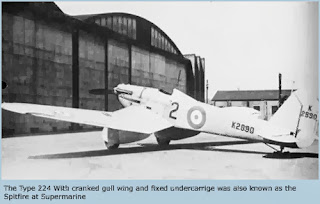© Stephen Bigger.
I possess a small collection of the artwork of Henry Clarence Harridge..There is no biography anywhere, and little on the web, so I would be pleased for any information. I bought a few pieces in
nearby Highworth near where he then lived: his etchings were being sold in a local
art shop, where I bought The Prospect of
Whitby, and The Ouse Near Kings Lynn.
He had been emptying his garage prior to moving away. Since then I have found
and purchased a few more, including an original pencil and wash drawing of the
Thames from Bankside, and a related etching. Harridge’s favoured
medium was etching, learned at Hornsea
School of Art under John Moody and Norman James in the early 1930s. A few oils
and pencil drawings have also appeared in auction. His grandfather was also Henry Clarence H-, his
father Frederick William H- (1881-1954), and mother May (Osborn, b.
1884). Our Henry Clarence was born in Edmonton,
London on 23 Feb 1908, and married Hilda (Weir) in December
1935: Hilda died in 2005. HC lived in Swindon till 2005, then Melksham and I understand that he now lives in Stoke Newington, the
oldest living English artist. I have not come across any post 1940 work, so his
active period was only four or five years.
A postcard etching indicates on the back that this was
self-published from 9 George Street, Hastings, in all likelihood the artist’s
flat above the commercial premises below (now a restaurant). The card is
undated, the signature in small block capitals is the same as on an original
drawing by him I possess dated 1938.
His etching prints are ‘limited
edition’ signed with a flowing pencil autograph from a later date, giving the
date of the original etching. I presume they were printed later from the old
plates since the prints are crisp and fresh. Of the first pair I bought, the
Ouse near Denver, looked towards Kings Lynn (1936, 150 x 100 mm) sketched whilst the artist was on
honeymoon (detail pencilled on the back).
My second purchase was the Prospect of Whitby public house from the
Thames (200x150mm). The front of the pub
is on Wapping Wall, (a street in Wapping, London). I have a much larger impressed
etching of the Thames from Bankside (410x325mm,
dated 1937), showing the river, boats and Wapping warehouses opposite, drawn in
great detail. Using artist’s licence, he has placed St Paul
If you have any further information, please leave a comment.
© Stephen Bigger. With thanks to Keith Taylor.























